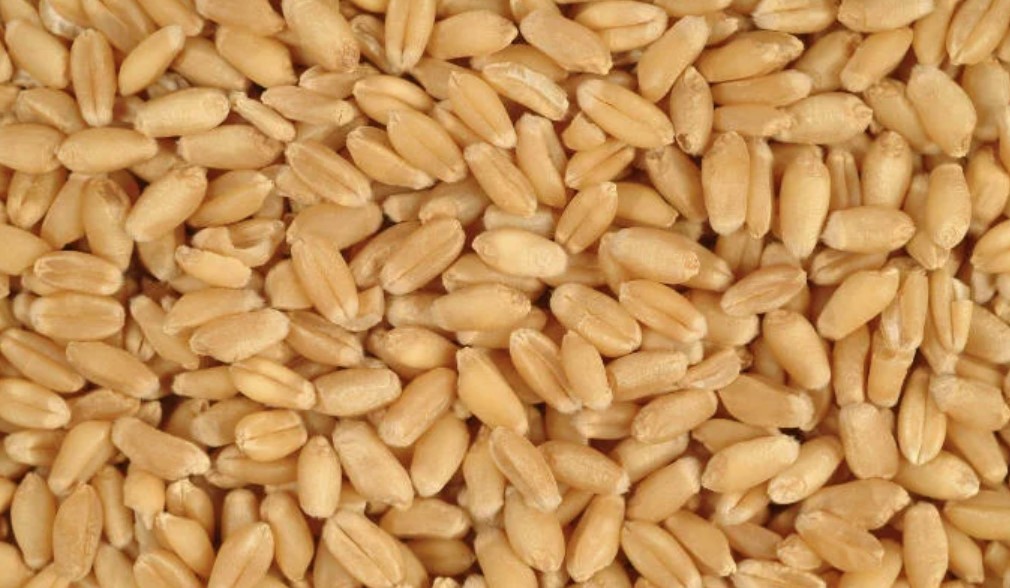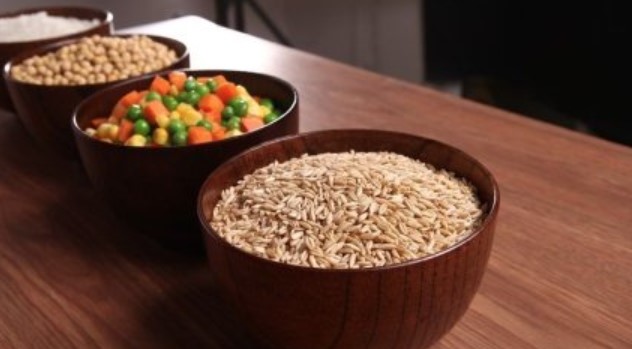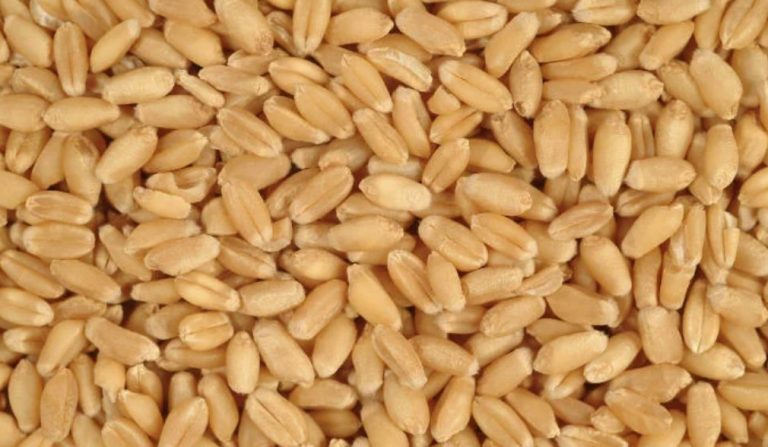Whole grain is considered to be particularly healthy and is found in many products: bread, rolls, spaghetti and many other products are also available in whole grain versions. We show why whole grain is so much healthier and what makes the difference.
Cereal grains consist of three parts: the germ, the endosperm containing the starchy endosperm and the outer shell. Whether a product consists of wholemeal flour or not depends on the processing of the grain:

For whole grain products, all three parts are ground and only the hard shell (husk) is removed.
In the case of non-whole grain flours (so-called refined flours, recognizable by the flour type), the germ and surface layers are separated.
Food can therefore be produced from grains that have been processed to different extents. “Wholemeal bread must contain at least 90 percent wholemeal flour or wholemeal meal in the flour,” explains the consumer advice center.
The type designation on flour indicates how many milligrams of minerals are contained in 100 grams of flour. Spelled flour type 630 therefore contains 630 milligrams of minerals. Since wholemeal flour contains all parts of the grain, there is no type designation for this wholemeal wheat, rye and spelled flour.
Whole Grain: Why It’s So Healthy
Products made from whole grains – i.e. the whole grain – are considered to be particularly healthy. Because there are many valuable ingredients in the seedling and in the outer layers. As a result, according to Stiftung Warentest, wholemeal pasta with a comparable energy content contains significantly more of the following substances:
fiber
potassium
magnesium
calcium
phosphorus
iron
zinc
Vitamin A
vitamin E
Vitamin B1
Vitamin B6
folic acid
The background is that these substances are mainly found in the surface layers and in the germ and not in the endosperm. The latter contains almost only starch and is used to make white flour. Starch is actually a sugar. So if you mainly eat white flour products, you take in more sugar and increase the risk of obesity and related diseases.
Whole grains are high in fiber and minerals
There are numerous studies showing health benefits of whole grains over highly processed flours. According to the UGB, a 2016 study showed that whole grain products are associated with a lower risk of various diseases. These include cardiovascular diseases, cancer and death as a result of respiratory diseases, infectious diseases or diabetes.
In addition, two studies that the medical journal picks up show that whole grain products can help you lose weight: Whole grain can save calories, which the authors attribute to the high amount of dietary fiber. Because dietary fiber itself has no calories, but binds water and swells up in the stomach as a result. This stimulates digestion and at the same time creates a feeling of satiety. According to the consumer center, whole grains contain about ten percent dietary fiber. The fiber also ensures that digestion takes place more slowly. “As a result, the blood fats only increase slowly and the large intestine is strengthened,” says the NDR. Fiber also helps keep cholesterol levels at normal levels.
But be careful: Just because whole grains contain more calorie-free dietary fibers does not mean that whole grain products contain fewer calories per se. In mixed products such as some muesli or bread rolls, many other ingredients can provide a higher calorie intake. For example, chocolate and dried foods like raisins can add a lot of calories to whole grains.
List of whole grain products
There are many foods that are whole grain:
whole wheat flour
wholemeal spelled flour
wholemeal rye flour
pasta and spaghetti
brown rice
Whole Wheat Bulgur
oatmeal
Amaranth (=whole grain)
Quinoa (=whole grain)
Bulgur (=whole grain)
Millet (=whole grain)
Bread, rolls, toast
Cookies
By the way: Whole grain products are usually a little darker because the outer shell of the grain grains is also darker in colour. Nevertheless, you should take a good look at the list of ingredients of the products, because companies often color their products dark with syrup to make them appear healthier. This is sometimes the case with pumpernickel, for example. Also read: Colored bread: is dark bread automatically healthier?
Whole Grain Nutritional Values

The nutritional values of whole grain differ only slightly depending on the type of grain. Here are the nutritional values of whole wheat:
Energy (kcal): 338 kcal
Fat: 2g
carbohydrates 61 g
Egg white (protein): 13.5 g
Fiber: 11 g
Here are the nutritional values for whole rye grain:
Energy (kcal): 337 kcal
Fat: 1.5g
carbohydrates 63.1 g
Egg white (protein): 10.8 g
Fiber: 14.1 g

